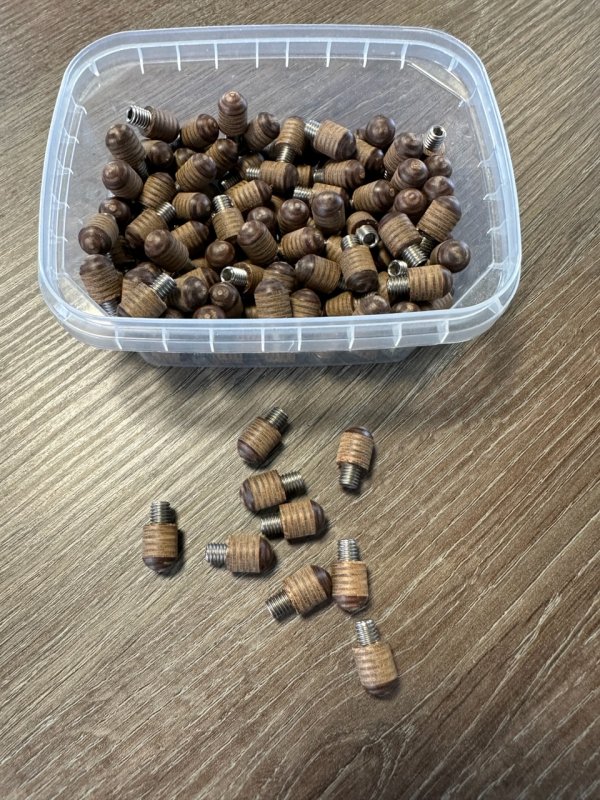Cassettes, reel-reel, Usenet mp3s, liberated boots, near professional audience tapes and now matrix mixes (soundboards and audience tapes mixed to enhance the you are there feel).
One personal note: about 40 years ago this memorial day weekend (in the u.s.), WHRB-FM in Cambridge, Massachusetts broadcast a 72 hour marathon of dead shows.
After putting an antenna in my attic, hooking up my magnum elite fm tuner to my teac 4010sl reel-reel deck and collecting enough Scotch and BASF tapes, I was left with a dilemma. SQ (7 1/2) or sleep (3 3/4). Since the 3 3/4 recording speed sucked compared to 7 1/2, I got about 7 hours of sleep that 3 day weekend.
One personal note: about 40 years ago this memorial day weekend (in the u.s.), WHRB-FM in Cambridge, Massachusetts broadcast a 72 hour marathon of dead shows.
After putting an antenna in my attic, hooking up my magnum elite fm tuner to my teac 4010sl reel-reel deck and collecting enough Scotch and BASF tapes, I was left with a dilemma. SQ (7 1/2) or sleep (3 3/4). Since the 3 3/4 recording speed sucked compared to 7 1/2, I got about 7 hours of sleep that 3 day weekend.


